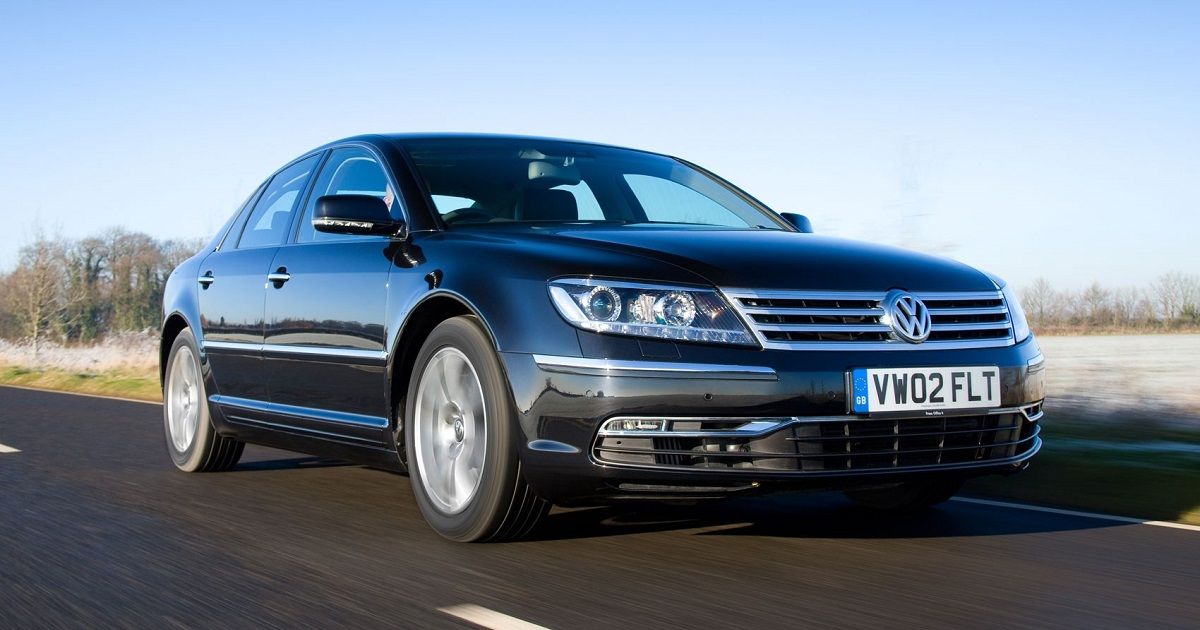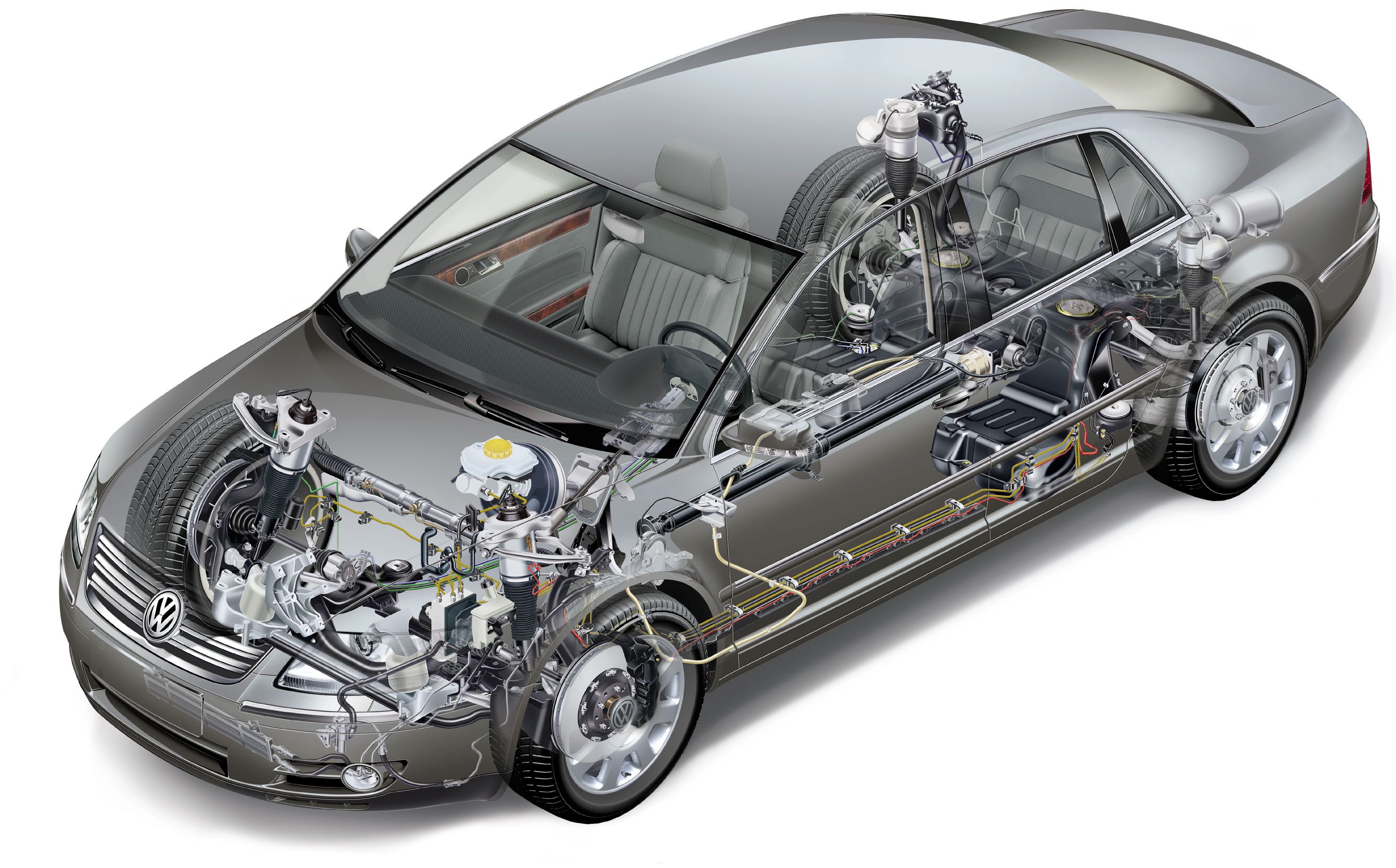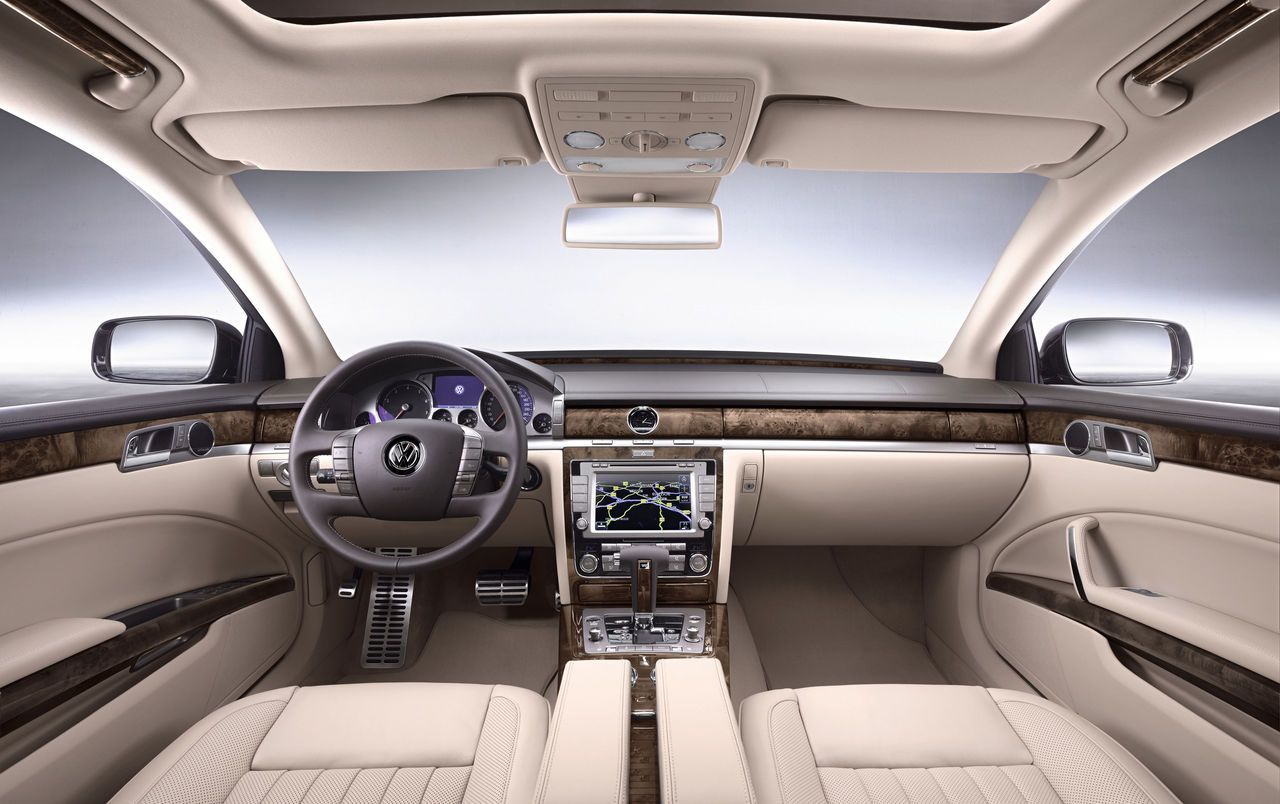Ferdinand Piech was retiring. Or rather, he knew he would be by the time his last car had finished its production run. So, what would be his swan song? Enzo had the F40. Maybe he could follow in the footsteps of one of the greatest auto-magnates on the planet and produce a stripped-out track monster? Or, could he build the most ridiculous car he could think of? Clearly, he chose the latter, and bless him for it.
Volkswagen literally means "People's car". They make cars for the mass market, unlike Audi or Rolls Royce, or Bentley, all of whom are positioned upmarket. So why exactly would VW make a car to challenge their own brands?? Had the Phaeton been just another Bentley or Rolls, it likely would have slipped into obscurity, dying at the bottom of some terrible depreciative curve a decade later. Now a luxury car made by the makers of "the people's car", that, is another story entirely.
Let's take a closer look at the Volkswagen Phaeton.
As You Wish
Before even getting into the world of the Phaeton it's important to take a moment to address its place in the market and its competition. The Phaeton was to rival the three staples of the luxury sedan game in the early 2000s: the Audi A8, the Jaguar XJ, and the legendary Mercedes S Class. Piech knew this, and legend has it, laid out ten commandments for the design and layout of the Phaeton. Purportedly, the Phaeton was required by Piech to maintain a constant speed of 186mph, at an outside temperature of 122 degrees Fahrenheit, while the climate control kept the car at a comfortable 72 degrees inside.
Other tidbits of Piech's insane requirements were given to the press as well, but whether this is some Top Gear showmanship from their film on the car or fact, is unknown. Regardless of the truth behind these requirements, the Phaeton was certainly constructed like a millimeter-precise German business magnate had ordered it built as his pièce de résistance. Attention to detail is everything in the Phaeton; there is wood trim on the bottom of the door panels, somewhere no one will ever look, but it exists regardless. The hinges are finished in gorgeous chrome. Small touches like these elevate the Phaeton to a level previously unattained by a Volkswagen product.
German Engineering
If you asked a child how to make a bigger engine, he or she would probably hold up their hands and say something like "just glue two together". Evidently, this was an engineering philosophy Piech was fond of. The VW Phaeton was powered by a few engine options depending on region, but initial runs of the Phaeton are where the real fun is to be had. First-generation Phaeton's could be had with either a VR6 (for the European market) or the W12, which was effectively two VR6 engines joined at the crankshaft.
The engine never stuck in any VW model for long, but both options featured compact packaging and strong power numbers (246BHP and 444BHP respectively). By taking advantage of the space and cost savings found in developing the VR6 derived W12, Volkswagen was able to integrate other tech that otherwise not have fit the budget. Notably, the Phaeton came with VW's 4Motion all-wheel-drive system and air suspension which, despite being relatively new tech at the time, gave the Phaeton phenomenal ride quality.
Phaeton Ownership
Unfortunately, engineering does not a sales success make, and despite his best efforts Piech was entering a dwindling marketplace rapidly being eaten at by large luxury SUVs. As such, sales were poor, with the majority of the Phaeton's sales going to markets like South Korea and China. Sales were so poor in North America the Phaeton lasted only a few years, from 2004 to 2006. As anyone with a basic understanding of economics will know, this benefits only second-hand buyers and collectors. Low production numbers mean that the resale market stays small, and well-kept W12 models can exceed 30k under the right conditions.
It's hard to make an argument against a Phaeton as an investment. The sheer number of oddities found in the Phaeton combined with the fact that the children of this era are growing up and making money means values could soon rise. This being said, the VR6 and W12 hold a host of complex engineering issues that must be watched out for if you're in the market. Even though the overall size of the powerplant was helped by its W-shaped layout, major services can be an engine-out job, and the air suspension can be expensive to fix if something goes wrong.
If maintenance doesn't scare you, it's hard to find a more unique daily driver at this price point. Plenty of uncommon design decisions on the interior coupled with enough power and comfort to devour highway miles makes the Phaeton one of the last great luxury sedans. As it turns out when someone sets out to make a car that will define their legacy, they put their heart and soul into it; and who doesn't want to own their very own automotive swan song?




